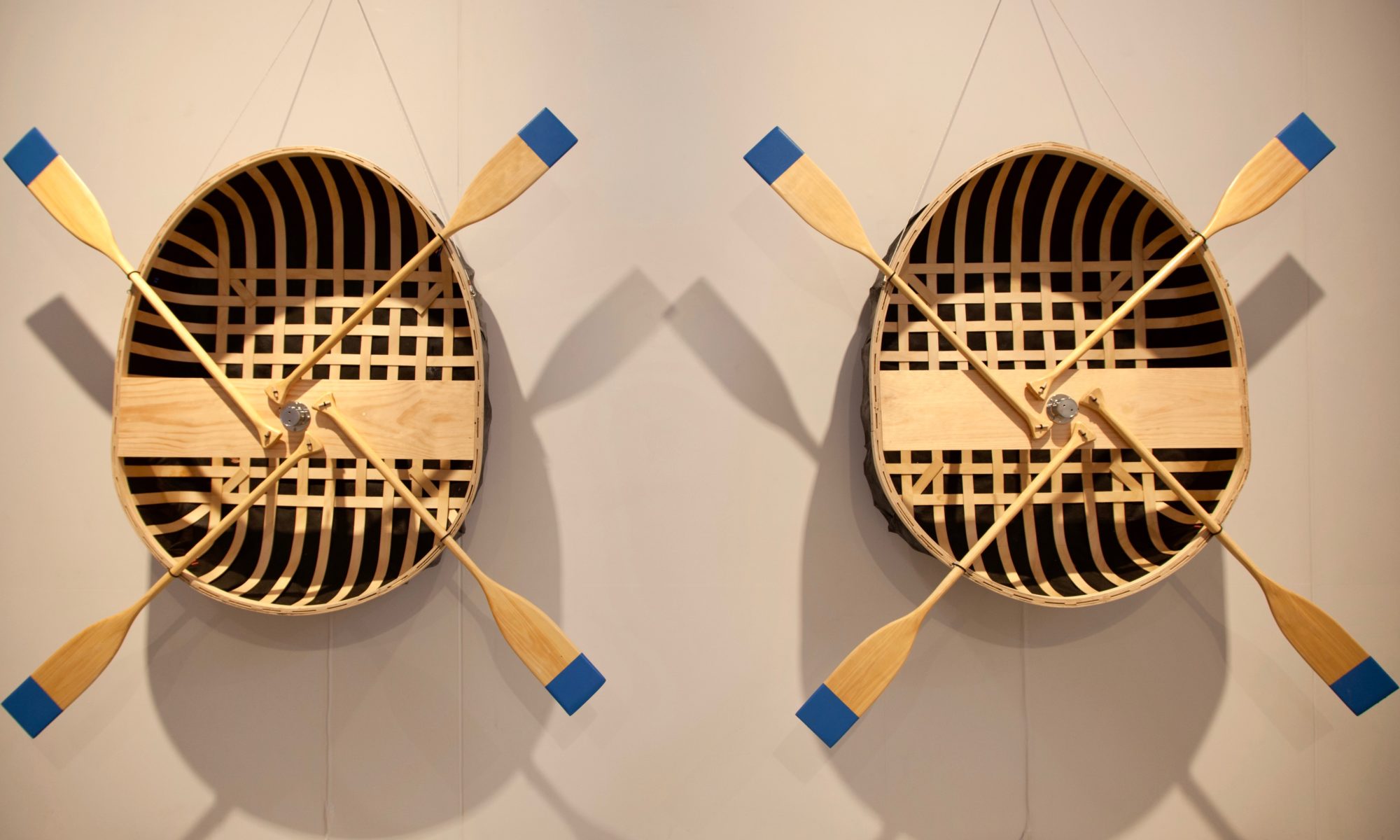Did the imposing figure of ZengHe ever promenade the causeway across the West Lake? An Admiral of the biggest fleet in the world, a Eunuch and a Moslem, ZengHe oversaw an extraordinary flourishing of Chinese maritime exploration in the early fifteenth century, all the more extraordinary for it’s almost total effacement from global maritime history. It is hard to imagine he had either the time or the inclination for dalliances with courtesans on the pleasure boats of HangZhou.
Standing on the quarter deck of his eleven masted ocean going vessel the admiral signals to the one hundred other junks in his armada, each with a crew of a thousand men and women. These are not simply ships, they are China buoyant; yellow men on floating islands; deck hands with topknots, wiry bodies tattooed with prayers; officers with embroidered insignia; librarians and scribes; concubines and pleasure girls; interpreters and Arabic navigators with their astrolabes and rutters, China buoyant!
On this, the fated last of seven voyages, ZengHe orders two of this Admirals to sail their squadrons south, deep into the sub-Antarctic waters of the Southern Ocean to chart the position of the star Canopus, a vital element of the nearly complete Chinese celestial navigation system.
Simultaneously astronomers of the stargazing cultures, the Mayans and the Chinese record a giant blue comet in the sky near Canis Minor which remains visible for 26 days in June 1430. The comet disappears below the southern horizon at the same time as the two exploration squadrons of Admirals Zhou Man and Hong Bao are making their way home across the Southern Ocean.
Zhou Man and Hong Bao’s mahogany fleets are tracking north after charting the coast of Campbell island in the sub Antarctic. The sky glows an electric ice-blue and the intensity increases throughout the wintery night, the Islamic navigators do their best to subdue a growing panic. On the 27th June, barely a week after the winter solstice the massive ice comet screams into the ocean midway between Campbell Island and the South Island of Aotearoa.
The power of the Goddess, having indeed been manifest in previous times, has been abundantly revealed in the present generation. In the midst of the rushing waters it happened that, when there was a hurricane, suddenly a divine lantern was seen shining at the masthead, and as soon as that miraculous light appeared the danger was appeased, so that even in the peril of capsizing one felt reassured and that there was no cause for fear.
The Arabic navigator presses the holy book to his chest and meditates on the words of Fakhr al-Din al-Razi and the image of Alfa Alfi ‘Awalim who imagined a thousand, thousand worlds, extending into khala’ la nihayata laha, the limitless space beyond this Earth. Behold, one of these approaches fast!
Admiral Zhou Man experiences six portents before he perishes and enters the afterlife. He and his crew stare in amazement as the blue comet that has hung over them for the past month transforms into a scorching fireball of light arcing due south across the leaden sky. Minutes later the massive Mahogany ship thrums like a giant temple drum. Now follows a long ominous stillness finally broken by the sound of huge thunder, rolling and rolling, so loud the bamboo battened sails begin to vibrate against the masts. Again a stillness that gradually transforms into din and chaos. The lookouts loose control of their voices as they alternately scream and choke, pointing south to a massive, fast moving wall of green water four times the height of the mainmasts, spanning the horizon.
No ships return to China, and no new fleets are to be built, fragments of mahogany vessels lay scattered from Aotearoa across Australasia. China becomes a nation with its back turned towards the sea.

Thousands of scrolls with detailed maps and delicate ink drawings recording coastlines and astronomical observations hang suspended in the cool southern waters. Slowly dissolving, the calligraphic script diffusing like squid ink, returning knowledge to its source, to wash up bleached on the shores of the illiterate. The carbon atoms that form the ideogram “Unknown” begin other journeys, diffusing into the salty currents. The vivid cobalts of Ming ware bowls and platters, flutter and glide like stingrays to the bottom to form a sediment of dragons, carp and phoenix, founding fringing reefs and banks of shiny sea washed pebbles inscribed with a mythic bestiary.

